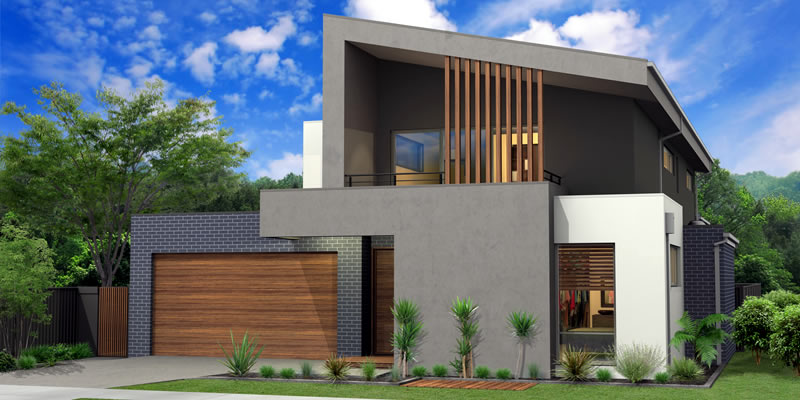Acrylic rendering has become increasingly popular in Sydney, admired for its versatility and durability. Used in both residential and commercial projects, this type of rendering offers numerous advantages, including flexibility and aesthetic appeal. But is it suitable for all types of buildings? This blog explores the applicability of acrylic rendering across various building types.
Overview of Acrylic Rendering
Acrylic rendering involves applying a finish that includes a mixture of acrylic resins, which enhances its strength and elasticity. This type of render is known for its ability to resist cracking, which is common in traditional cement rendering. The inclusion of acrylic makes the render more flexible, allowing it to withstand minor movements of a building without damage. Additionally, it is highly resistant to weather conditions, including UV rays and damp, making it an excellent choice for the variable Sydney climate.
Suitability of Acrylic Rendering for Different Building Types
Residential Buildings
In residential properties, acrylic rendering is ideal for achieving a modern look with a smooth or textured finish. Its flexibility makes it suitable for new constructions as well as renovations where the underlying structures may settle or shift over time.
Commercial Buildings
For commercial buildings, acrylic render offers a long-lasting, low-maintenance solution. Its durability ensures that the exterior remains attractive with minimal upkeep, crucial for business premises where first impressions matter.
Historical Buildings
Using acrylic rendering on historical buildings can be beneficial due to its breathability and lightweight nature, which minimizes stress on older structures. However, compatibility with traditional materials must be carefully considered to maintain the integrity of the building.
Industrial Buildings
In industrial settings, the chemical resistance and robust nature of acrylic render make it a practical choice. It can withstand harsh conditions, protecting buildings from environmental wear and tear.
Factors Affecting Suitability
Substrate Compatibility
Acrylic rendering adheres well to a variety of substrates including concrete, cement blocks, and AAC panels. Preparation such as a suitable base coat or primer may be necessary for optimal adhesion, especially on smoother surfaces.
Climatic Considerations
The Sydney climate demands materials that can handle humidity and fluctuating temperatures. Acrylic rendering excels in this regard, providing excellent protection against the elements, which helps maintain the thermal efficiency of buildings.
Aesthetic Goals
Acrylic renders are available in a wide range of colors and textures. Whether the goal is a traditional look or a contemporary design, acrylic rendering can be tailored to meet diverse architectural styles.
Limitations and Considerations
While acrylic rendering offers many benefits, there are some limitations. It is generally more expensive than traditional render due to the cost of materials. The application of acrylic render also requires skilled professionals to ensure that the finish is applied correctly and lasts its intended lifespan. For those considering this option, consult experts in acrylic rendering in Sydney for advice tailored to your specific project needs.
Case Studies
Various Sydney buildings, from sleek, modern homes to robust commercial facilities, have benefited from acrylic rendering. These case studies show enhanced aesthetic appeal and increased structural longevity, highlighting the render’s effectiveness across different settings.
Conclusion
Acrylic rendering is a versatile and durable option suitable for many but not all building types. It offers exceptional benefits in terms of flexibility, weather resistance, and aesthetic versatility, making it a preferred choice for many construction and renovation projects in Sydney.
Keep an eye for more news & updates on TimesAnalysis.Com!



